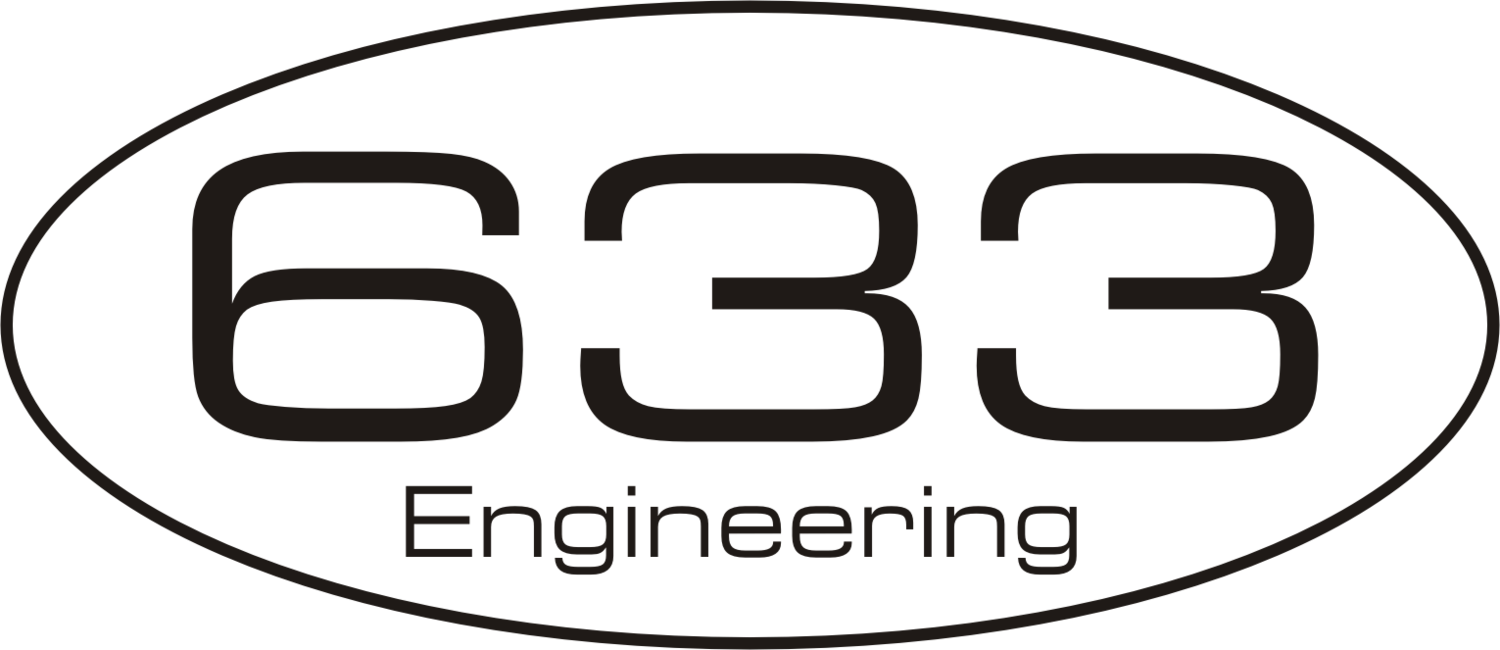The Sound of Analogue - part 1
Well the Ruby + and the Classic 50 came back in one piece. They'd both performed well over the weekend - and I was charmed by the '50. I'd not played a Hiwatt in anger before and I was surprised how warm and punchy it was. But I missed the progressive breakup of my own designs so going on to the Ruby felt like putting on an old pair of shoes.
The recent build of the Classic 50 Hiwatt Clone and overhaul of the super clean, Ultra Linear Fender Twin Reverb got me thinking back to my work in my twenties and thirties..............
When I got started in pro audio design back in the early eighties the technology was reaching its pinnacle in terms of performance. Back then performance was defined by low noise, flat frequency response, minimal distortion and minimal phase shift. Mic amps, the usual 'weak link' in performance terms were reaching the physical limit of thermal noise and transformer-less and electronically balanced systems meant that ultra flat responses and low THD+n were achievable at reasonable cost. The 'sound' of electronic equipment wasn't really discussed as engineers pursued the goals set by 'perfect performance'. I can see the attraction of this as performance could be measured scientifically and it removed any form of subjectivity - in theory.
The first I heard of the 'sound' of equipment was in the magazine HiFi News in an article that discussed the sonic benefits of certain types of capacitors in the power supply, the correct orientation of speaker cable and the improvements that were possible if one changed the mains plug to one with gold plated pins. In a discussion with my mentors Douglas Self and Graham Blyth we concluded that this was all b******t perpetrated by the nuts in the HiFi world, a world the pro audio types didn't inhabit.
In 1988 I left my job designing mixers at Soundcraft and went to work as a Technical and Maintenance Engineer at a top London recording studio. One of the reasons I was recruited was to help refit of one of the studios, redesigning a classic old Neve console in the process.
Studio 2 was essentially a mix room that had an SSL 4000 console, an Otari MTR90 24 track machine and a pair of Quested main monitors. It also had the usual array of outboard gear - Lexicon, AMS, Bel, Drawmer, Urei, etc. The plan was to replace to SSL with a Neve 8048 console from the 70's and to fill the racks with a load of vintage outboard gear.
Initially this all seemed like a step backwards to me, but the buzz and excitement from Robin Millar the owner and his team of engineers and producers about how great this new studio would sound quickly quashed my scepticism and I became more open minded about the more subjective side of audio electronics.
One day along with my colleague Nick Clarke, I visited the Technical Manager at Air Studios, Malcolm Atkin, to get the low down on a Massenburg automation system we were installing in the new Neve console. While we were there Malcolm told us the story of the engineer who could hear a difference between two channels on a Neve console. When the two channels were measured the only difference found was at a frequency much higher the accepted limit of human hearing. This event firstly led to the the design of ultra high band width analogue consoles by Rupert Neve and subsequently the very high sampling rates now used in digital audio. The idea that we could perceive sound above 20kHz had become fact.
Studio 2, or The Jade Room, as it was named gained a great reputation for its sound. The Neve 8048 console, loaded with 48 '1081' preamps, 16 '1073' preamps and modified to have 16 busses and a proper monitor section sounded magnificent. The Fairchild compressors and Pultec equalisers sounded fat and warm and made drums sound punchy and big without being hard. This was the real world of great sounding audio not the snake oil one I'd read about in HiFi News.
Part 2 to follow.......
